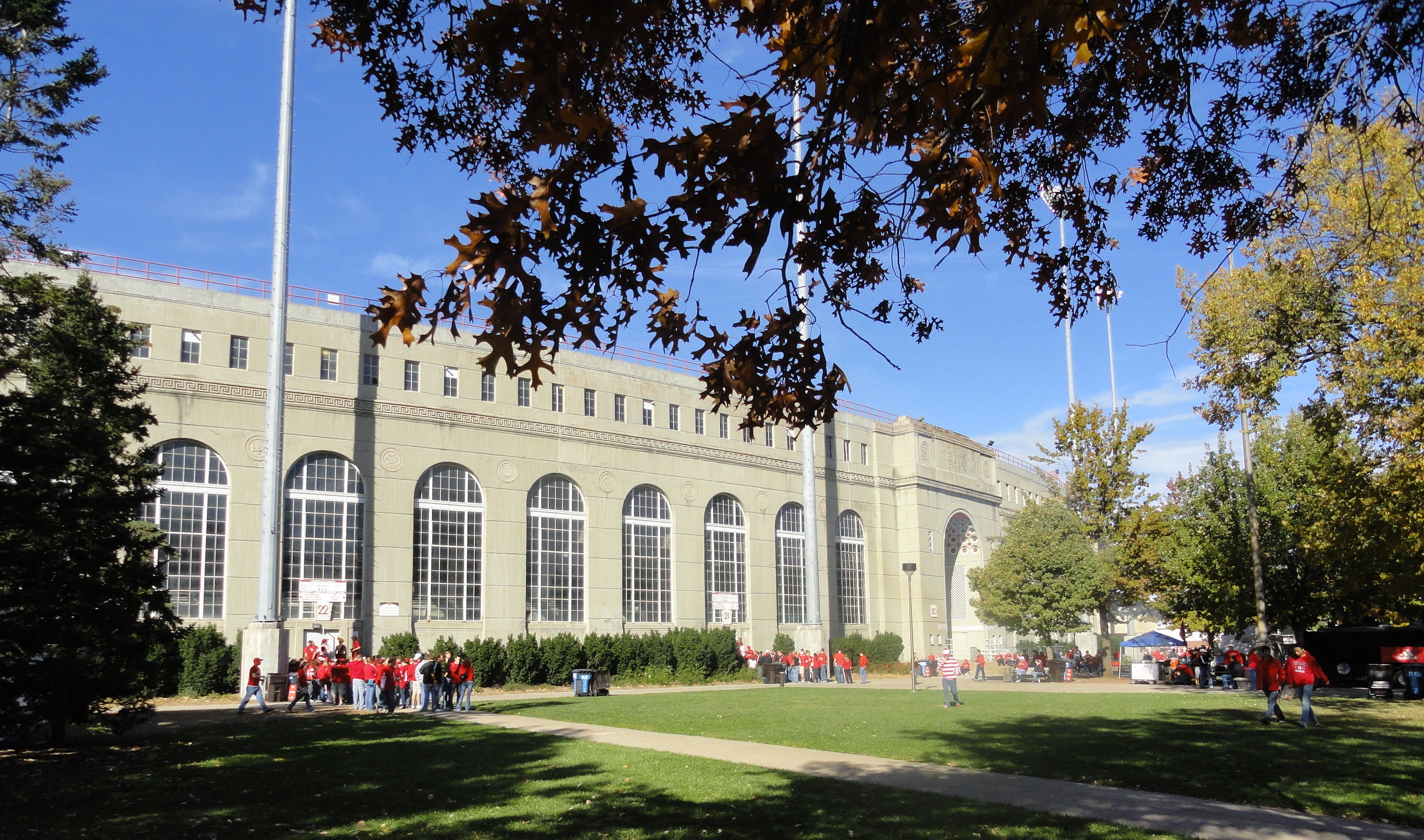11 Breathtaking College Campuses So Gorgeous They Belong in a Gallery
In the realm of higher education, college campuses serve as more than just a backdrop for academic pursuits; they are living, breathing entities that reflect the values and aspirations of their institutions. Among these, some campuses stand out not only for their educational excellence but also for their architectural grandeur. These campuses are where architecture meets art, creating environments that inspire creativity and innovation. This article explores 11 such astonishing campuses, each offering a unique blend of artistic expression and architectural brilliance. From historical landmarks to modern masterpieces, these campuses are a testament to the power of design in shaping educational experiences.
1. Harvard University: A Symphony of Tradition and Innovation
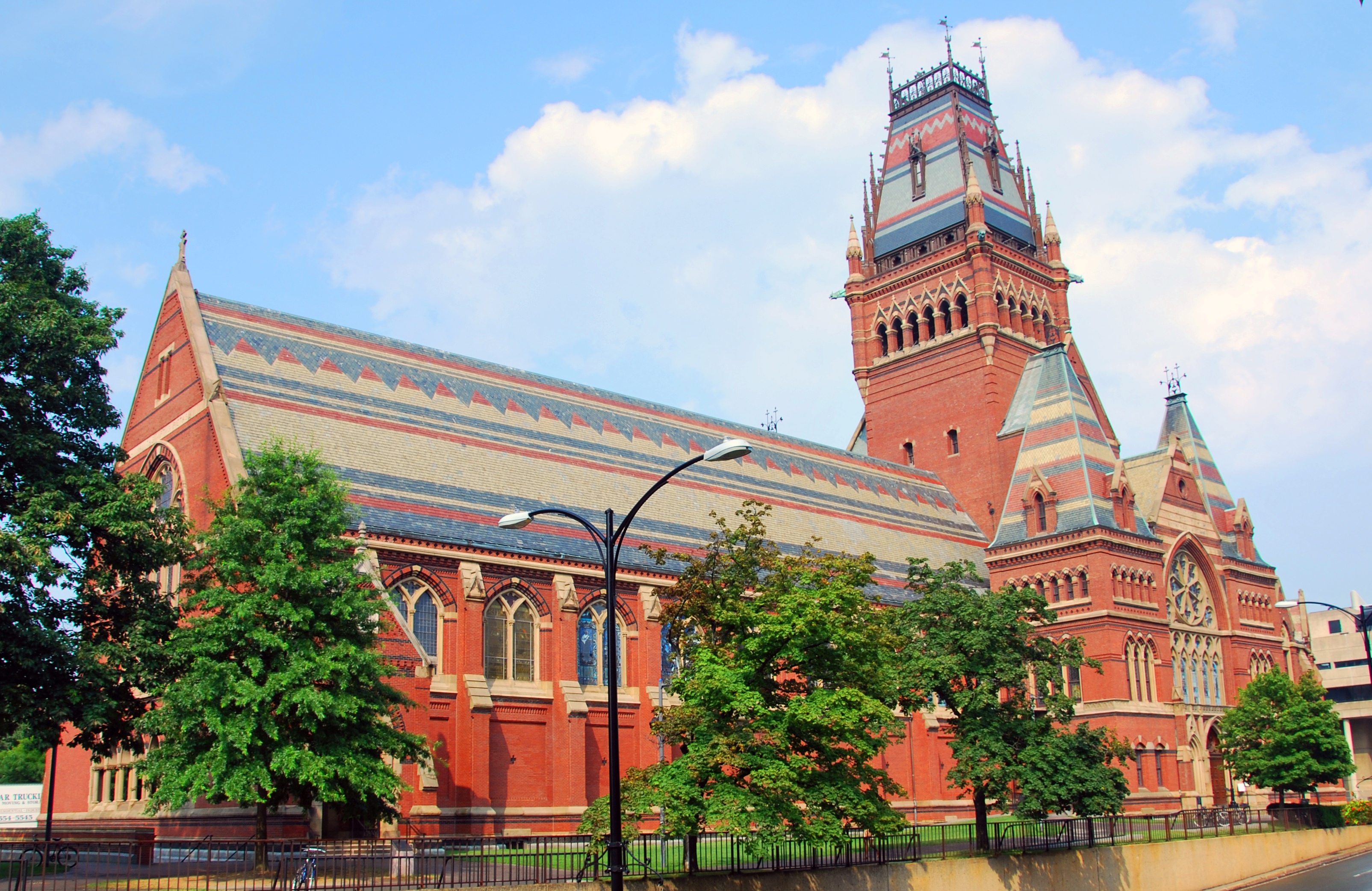
Harvard University, established in 1636, is a beacon of academic excellence and architectural beauty. The campus is a harmonious blend of historical and modern structures, each telling a story of its time. The iconic Widener Library, with its neoclassical design, stands as a testament to the university's rich history. In contrast, the modernist design of the Harvard Art Museums reflects a commitment to innovation and forward-thinking. This juxtaposition of old and new creates a dynamic environment that encourages intellectual exploration. The careful preservation of historical buildings alongside cutting-edge facilities exemplifies Harvard's dedication to maintaining its architectural heritage while embracing the future.
2. Stanford University: A Canvas of Natural and Architectural Beauty
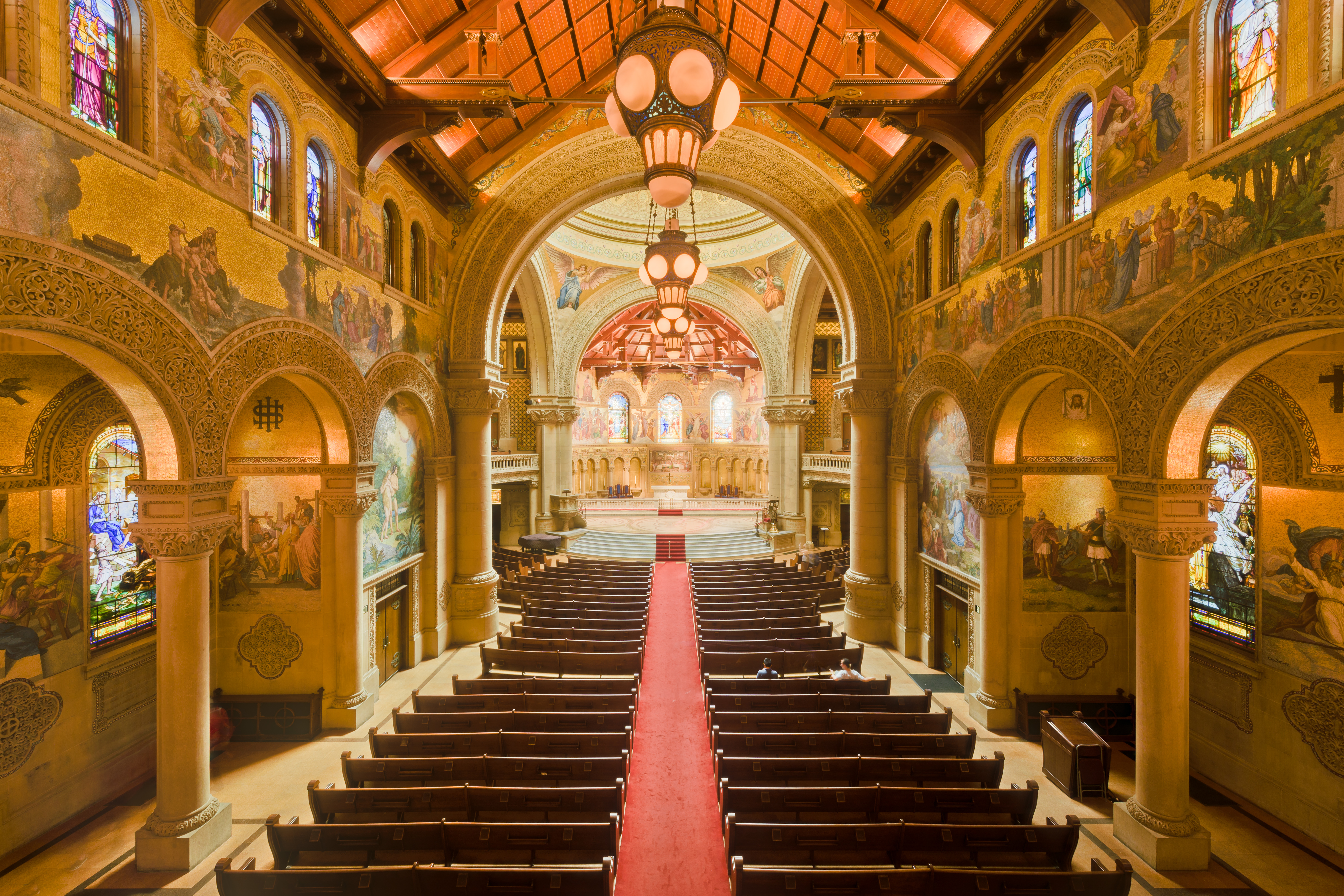
Nestled in the heart of California's Silicon Valley, Stanford University is renowned for its stunning campus, which seamlessly integrates natural beauty with architectural artistry. The red-tiled roofs and sandstone buildings are reminiscent of the university's Spanish Colonial Revival style, creating a cohesive and aesthetically pleasing environment. The Cantor Arts Center and the Bing Concert Hall are prime examples of how Stanford incorporates art into its architecture, offering spaces that not only serve educational purposes but also inspire creativity. The campus's expansive gardens and sculptures further enhance its artistic appeal, making Stanford a true masterpiece of architectural design.
3. University of Oxford: A Timeless Tapestry of Gothic Splendor
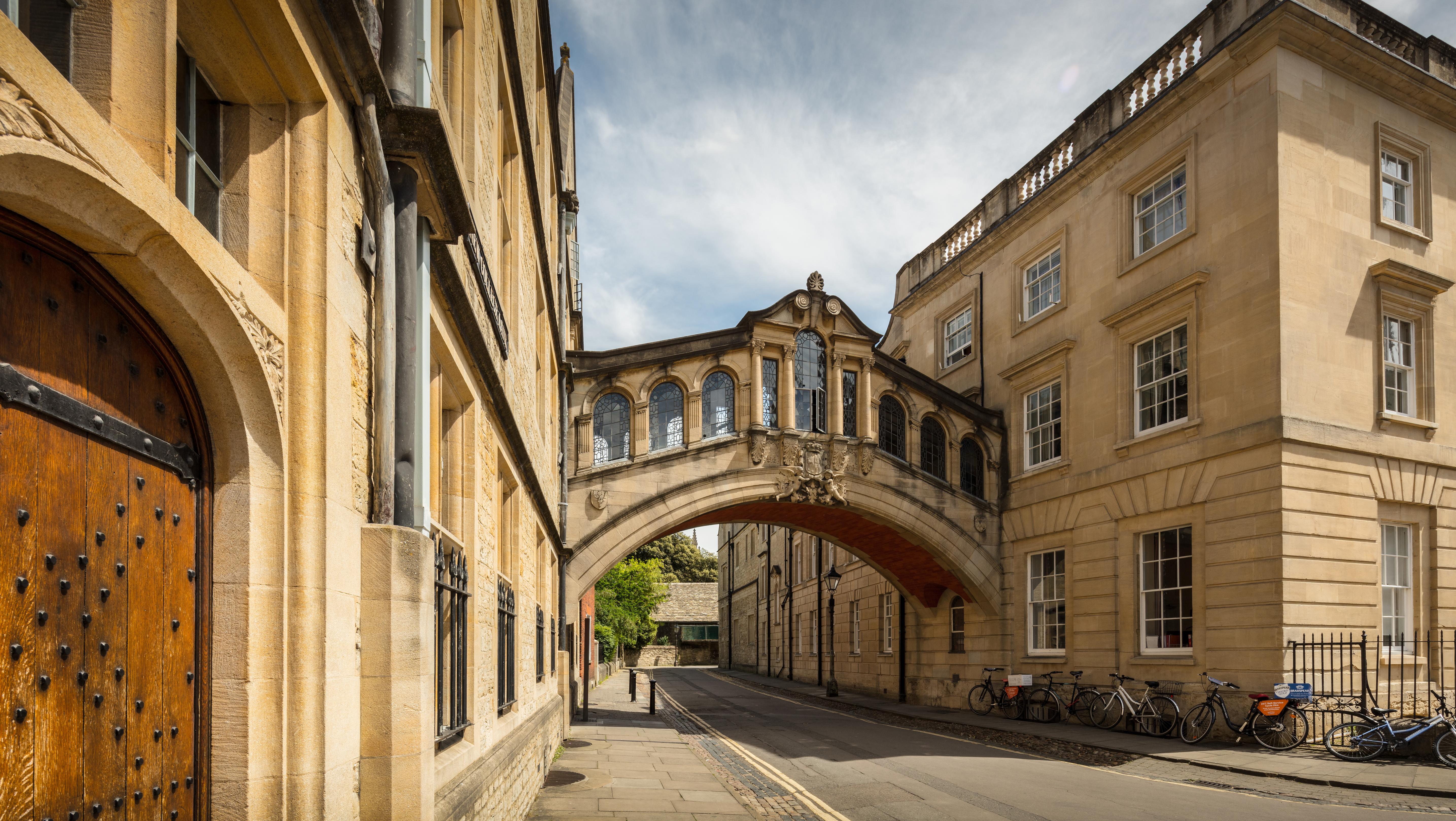
The University of Oxford, with its centuries-old history, is a living museum of architectural styles. The Gothic spires and medieval courtyards transport visitors to a different era, where art and architecture were deeply intertwined. Each college within the university boasts its own unique design, from the grandeur of Christ Church to the intricate details of Magdalen College. The Bodleian Library, one of the oldest libraries in Europe, is a stunning example of Gothic architecture, with its vaulted ceilings and ornate stonework. Oxford's commitment to preserving its architectural heritage while adapting to modern needs makes it a timeless tapestry of art and academia.
4. Massachusetts Institute of Technology: Innovation in Every Structure
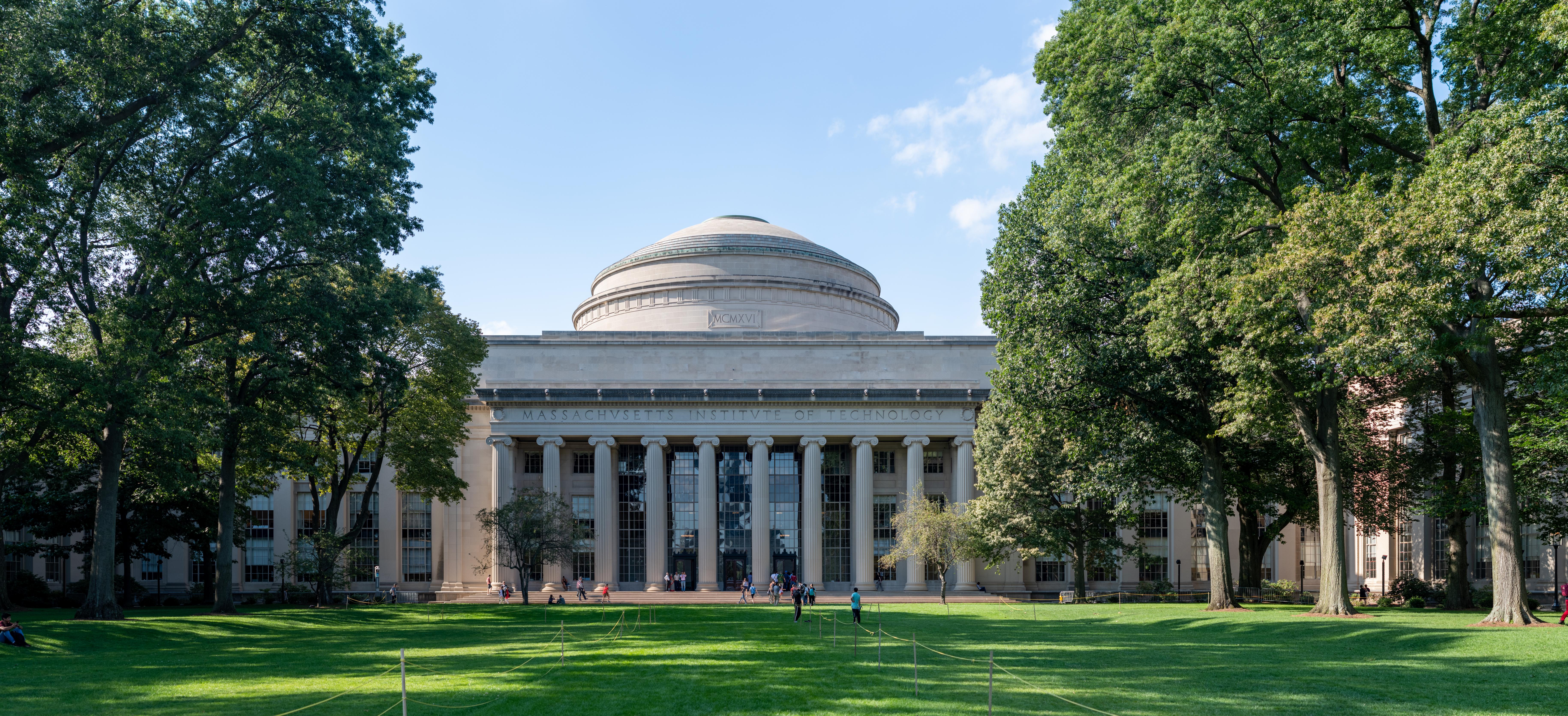
The Massachusetts Institute of Technology (MIT) is a hub of innovation, and its campus architecture reflects this ethos. The Stata Center, designed by Frank Gehry, is a prime example of how MIT embraces avant-garde design. Its unconventional shape and vibrant colors challenge traditional architectural norms, symbolizing the university's commitment to pushing boundaries. The MIT Chapel, designed by Eero Saarinen, offers a stark contrast with its minimalist design and serene atmosphere. This diversity in architectural styles creates a stimulating environment that fosters creativity and encourages students to think outside the box, making MIT a leader in architectural innovation.
5. University of Cambridge: A Harmonious Blend of History and Modernity
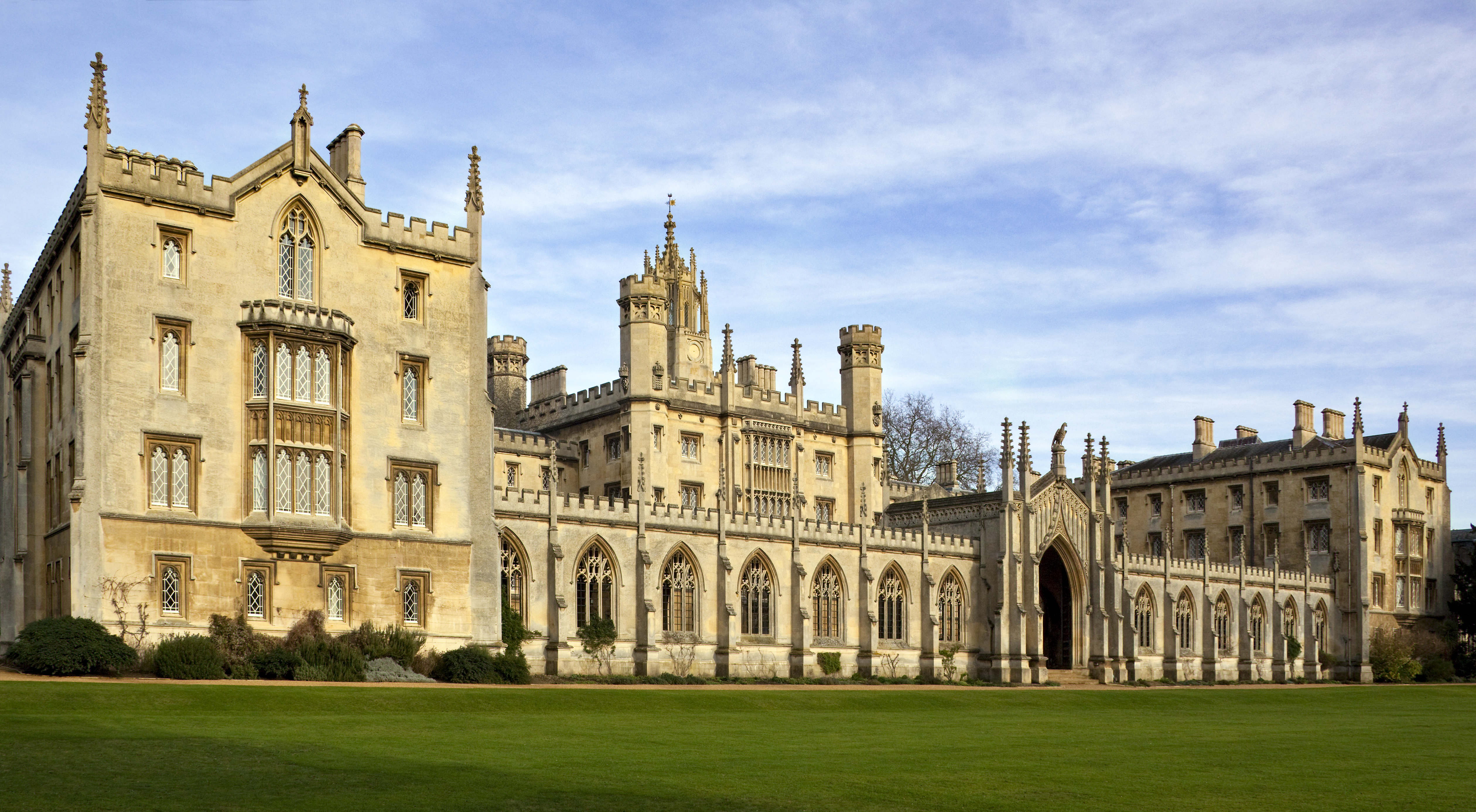
The University of Cambridge, much like its Oxford counterpart, is steeped in history and architectural grandeur. The King's College Chapel, with its stunning fan vaults and intricate stained glass windows, is a masterpiece of Gothic architecture. In contrast, the modernist design of the Faculty of Law building showcases Cambridge's ability to blend history with modernity. The campus's lush gardens and serene courtyards provide a tranquil setting for academic pursuits, while the River Cam adds a picturesque element to the university's landscape. Cambridge's ability to harmoniously blend historical and modern architecture makes it a truly unique educational environment.
6. University of Chicago: A Fusion of Gothic and Contemporary Design
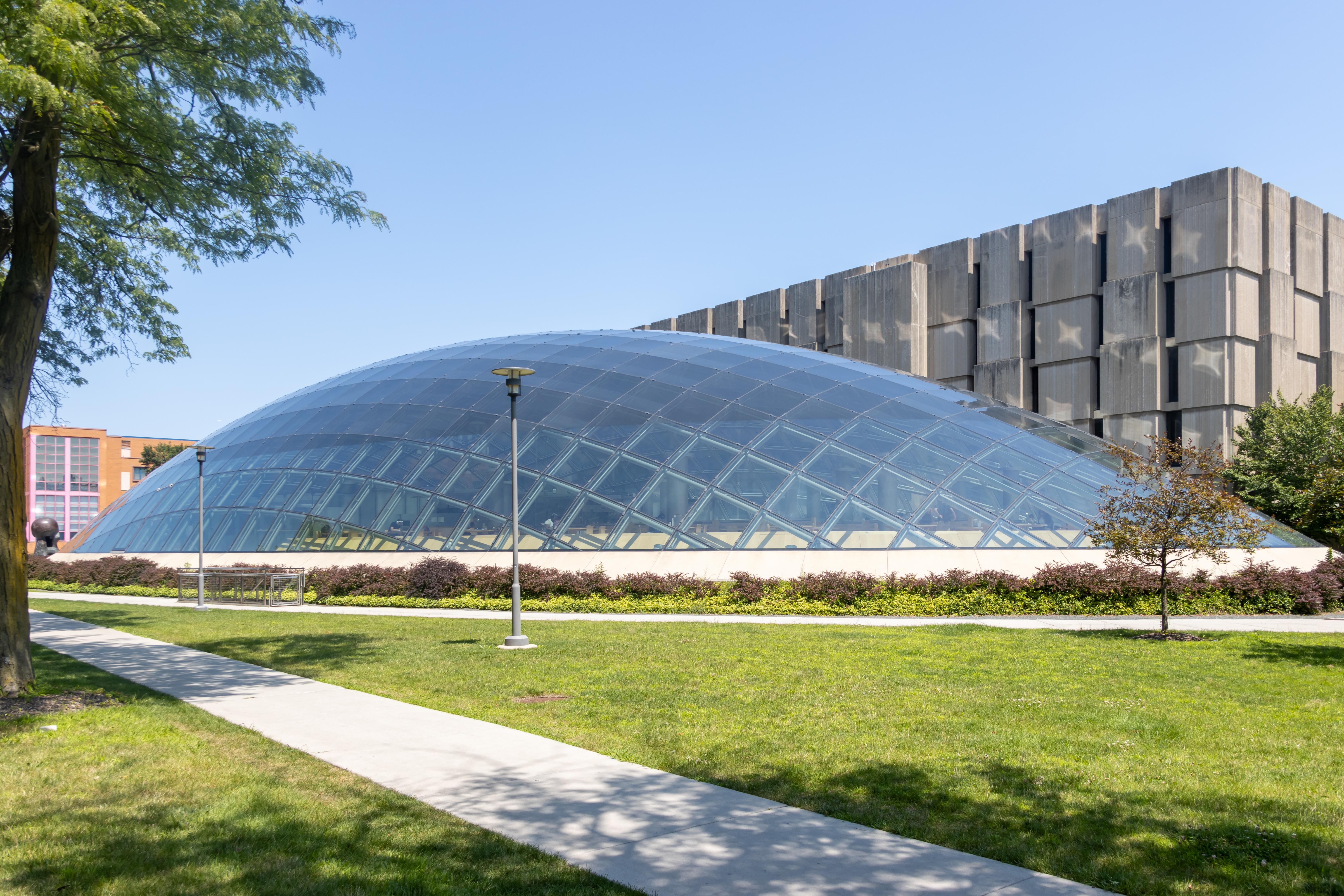
The University of Chicago is a testament to the fusion of Gothic and contemporary architectural styles. The campus's iconic Gothic buildings, such as the Rockefeller Chapel and Harper Memorial Library, are complemented by modern structures like the Reva and David Logan Center for the Arts. This blend of old and new creates a dynamic and inspiring environment that encourages intellectual exploration. The university's commitment to architectural diversity is further exemplified by the Mansueto Library, with its futuristic glass dome and state-of-the-art facilities. This architectural fusion makes the University of Chicago a vibrant and stimulating place for academic and artistic pursuits.
7. Yale University: A Celebration of Architectural Diversity
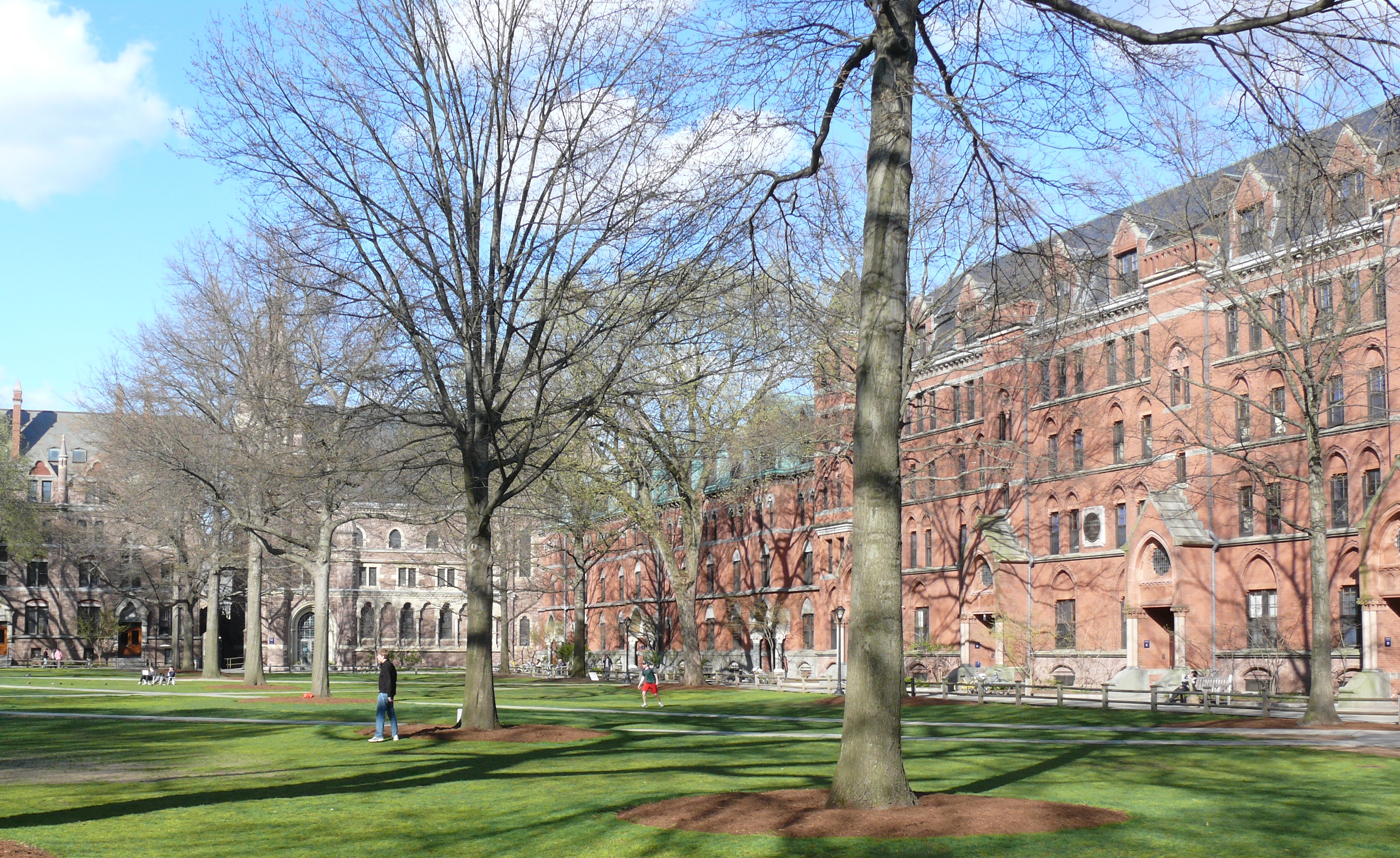
Yale University is renowned for its architectural diversity, with a campus that showcases a wide range of styles. The Gothic revival architecture of the Sterling Memorial Library and Harkness Tower is complemented by the modernist design of the Yale University Art Gallery, designed by Louis Kahn. This celebration of architectural diversity reflects Yale's commitment to fostering creativity and innovation. The campus's numerous sculptures and art installations further enhance its artistic appeal, creating an environment that inspires both students and visitors alike. Yale's ability to seamlessly integrate different architectural styles makes it a true celebration of art and academia.
8. University of Virginia: Jeffersonian Elegance and Artistic Vision

The University of Virginia, founded by Thomas Jefferson, is a masterpiece of neoclassical architecture. Jefferson's vision for the university was one where architecture and education were intertwined, and this vision is evident in the campus's design. The Rotunda, inspired by the Pantheon in Rome, is the centerpiece of the university and a symbol of Jeffersonian elegance. The surrounding Lawn, with its symmetrical design and classical pavilions, creates a harmonious and inspiring environment for learning. The university's commitment to preserving its architectural heritage while embracing modern artistic expressions makes it a unique blend of history and innovation.
9. Princeton University: A Mosaic of Architectural Styles
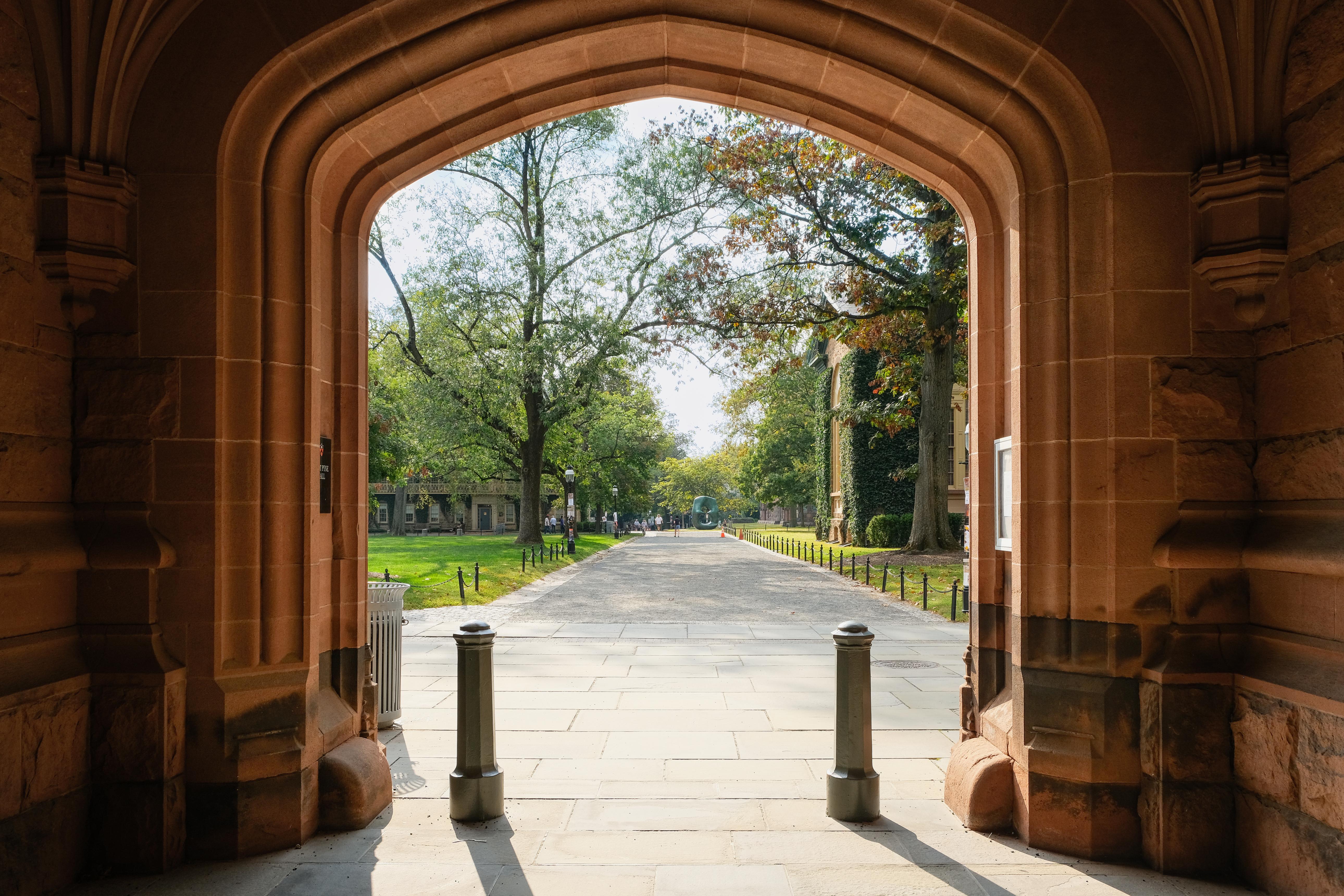
Princeton University is a mosaic of architectural styles, each contributing to the campus's unique character. The Collegiate Gothic architecture of buildings like Blair Hall and the Princeton University Chapel is complemented by the modernist design of the Lewis Library, designed by Frank Gehry. This diversity in architectural styles reflects Princeton's commitment to fostering creativity and innovation. The campus's numerous art installations and sculptures further enhance its artistic appeal, creating an environment that inspires both students and visitors alike. Princeton's ability to seamlessly integrate different architectural styles makes it a true mosaic of art and academia.
10. University of Edinburgh: A Historical and Cultural Landmark

The University of Edinburgh is a historical and cultural landmark, with a campus that showcases a blend of architectural styles from different eras. The Old College, with its neoclassical design, is a testament to the university's rich history, while the modernist design of the Informatics Forum reflects its commitment to innovation. The campus's numerous museums and galleries, including the Talbot Rice Gallery, further enhance its artistic appeal, creating an environment that inspires creativity and intellectual exploration. Edinburgh's ability to preserve its architectural heritage while embracing modern artistic expressions makes it a unique blend of history and innovation.
11. The University of Melbourne: A Fusion of Art and Architecture
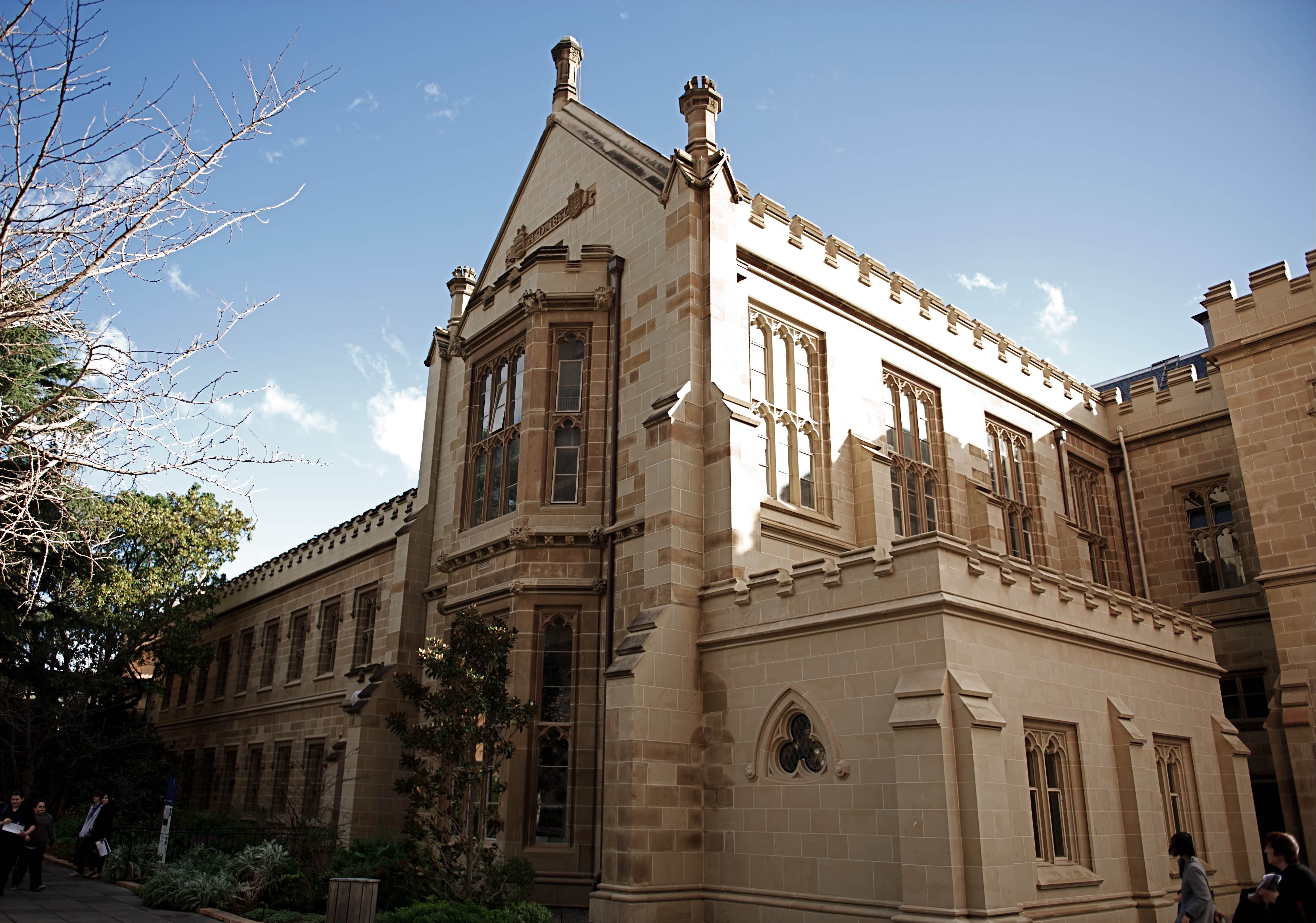
The University of Melbourne is a fusion of art and architecture, with a campus that showcases a diverse range of styles. The Gothic revival architecture of the Old Quadrangle is complemented by the modernist design of the Melbourne School of Design, creating a dynamic and inspiring environment for learning. The campus's numerous art installations and sculptures further enhance its artistic appeal, creating an environment that inspires both students and visitors alike. Melbourne's commitment to fostering creativity and innovation through its architectural design makes it a leader in the fusion of art and academia.
The Transformative Power of Architecture and Art in Education

As we have explored these 11 astonishing college campuses, it becomes clear that architecture and art play a crucial role in shaping educational environments. These campuses are more than just places of learning; they are vibrant communities where creativity and innovation thrive. The blend of historical and modern architectural styles, coupled with the integration of art, creates spaces that inspire and challenge students to think critically and creatively. As institutions continue to evolve, the transformative power of architecture and art in education will remain a driving force in shaping the future of academia.





